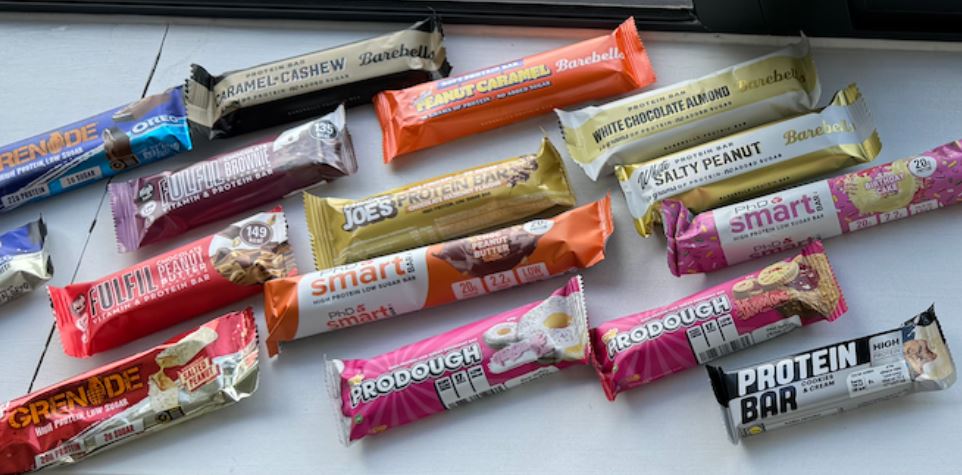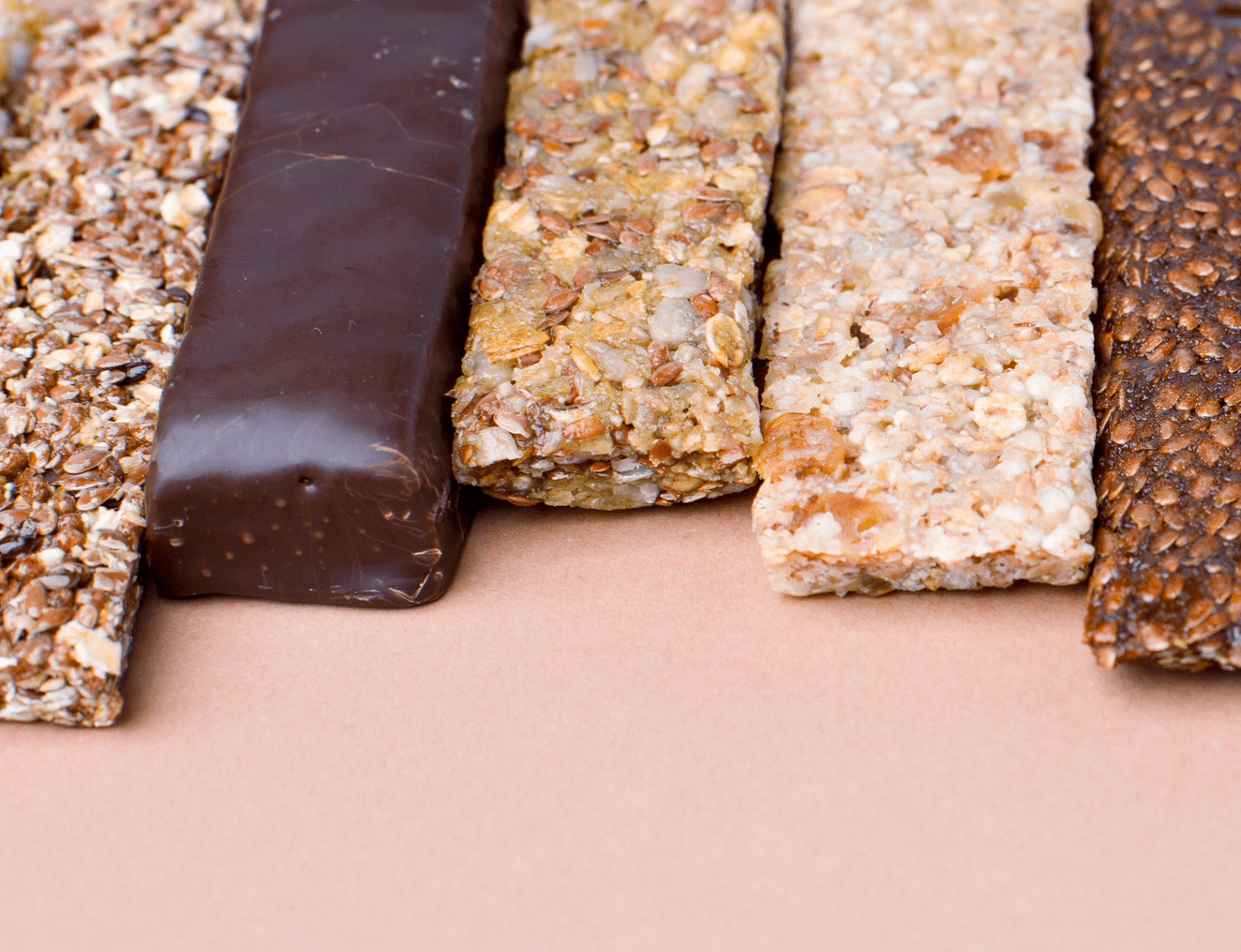Meal replacements have been around for longer than any of us care to admit remembering. Some hero protein, others fibre, yet they all serve the same purpose, to substitute or mimic a meal.
So how can brands differentiate? One way is by reframing meal replacements through positional lenses.
The truth is, positioning has quietly become a key innovative driver in the meal replacement space, because while formulation brings the function, positioning creates the connection.
At their core, most meal replacements share the same blueprint – balanced macronutrients and ingredient building blocks. To stand out, brands must now look beyond what’s inside the pack, and focus on reframing what’s on the outside, which is where positioning comes in.
Gender as a differentiator
Gender may feel like an obvious route to differentiation, but it’s the execution that determines whether the positioning works.
Take SHED, for example. This UK brand “contains everything men need” and is for “normal men who have been ignored by the diet and fitness industries”. Similarly, The Man Shake is an Australian brand designed to help men “lose the beer gut without losing all the beers” and “get a grip on their health without ditching the good stuff they love”. Meanwhile, US-based DADFUEL is a 70+ ingredient “superblend for busy men” that’s been “expertly formulated to meet the nutritional needs of modern dads”.
The common denominator? All three recognise overlooked audiences. The Man Shake and SHED are targeting the average Joe who isn’t down the gym daily and DADFUEL is, obviously, there to support fathers. But more than that, they’re reshaping the meal replacement space with niche positioning and wider support that’s previously only really been seen for women. The Man Shake has a four-week meal and exercise plan while SHED’s website says coaching is “coming soon”. DADFUEL points customers towards its Instagram page to join its community.
The weight management chapter: Navigating the GLP-1 effect
Trends are also having a say too. One in particular? GLP-1. As the GLP-1 movement continues to surge, brands are leveraging it as a positional anchor for meal replacements.
The Nestle brand, Boost, gets it. It reframed protein as nutritional support for GLP-1 users by developing a shot designed to manage hunger and enhance satiety as it promotes the body’s natural production of GLP-1. Similarly, Herbalife’s Healthy Meal, a nutritional shake, positions itself with the same consumer need state: nutritional balance for those on GLP-1s.
However, not every brand is following the status quo.
Back to SHED. It stands out by flipping the narrative. Rather than aligning with the GLP-1 trend it positions itself as a non-invasive, accessible, alternative weight management tool. A solo operating functional tool that doesn’t rely on pharmaceutical parallels. It’s a bold move, one that demonstrates how sometimes going against the positional grain is just as, if not more innovative.
What's next for meal replacements?
The next generation of meal replacements is being shaped by subtle framing, narration, and positioning.
It’s less about overt claims and more about how intent is being signalled through design, branding, and format innovation. In many cases, the differentiation lies in how the brand and product story are communicated to and experienced by consumers.
A clear example is the recent launch of MIILS. The innovation is design and experience-led, signalling a shift away from the conventional formats. It reimagines the familiar shake ‘n’ take model with screw-top powdered pouches: just add liquid, and shake, shake, shake. But this time, it’s wrapped in sleek packaging with a premium design and trend-led flavours like Earthy Forest Matcha.
While MIILS doesn’t rely on overt positioning, its approach is clear through its refined aesthetic and modern cues. Its premium framework quietly blurs the boundaries between nutrition and indulgence while signaling the future direction for meal replacements.
Positioning as a strategic signal
Ultimately, the question is this: can meal replacements truly stand out if a strong positional narrative isn’t leading the story? Perhaps, but it risks being lost in a sea of copycat formulations.
In a world where the formulation is expected, the narrative becomes the real differentiator. Positioning is more than just a marketing tool, it’s now become a strategic signal. Because when the formulation feels familiar, it’s the story that has to change.

.jpg)



.jpg)


-min.jpg)




.jpg)
















